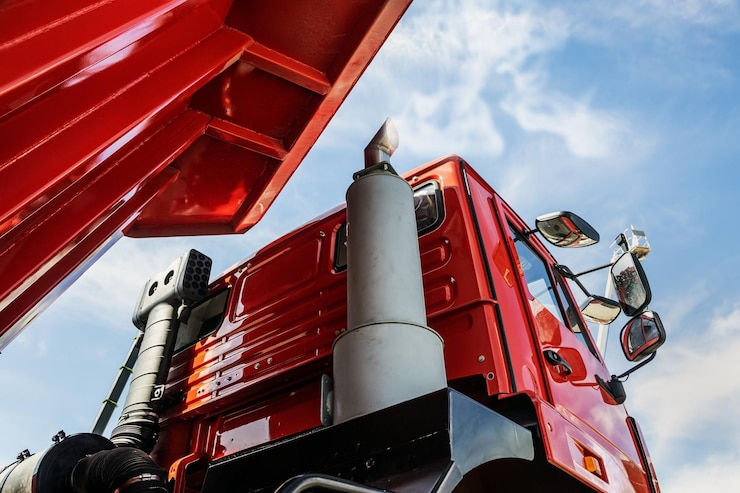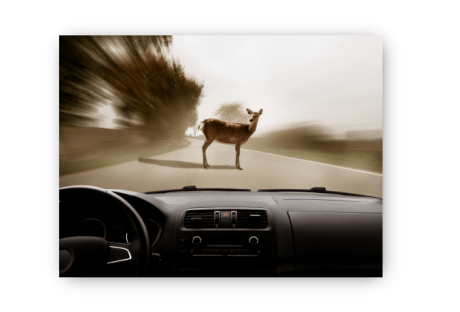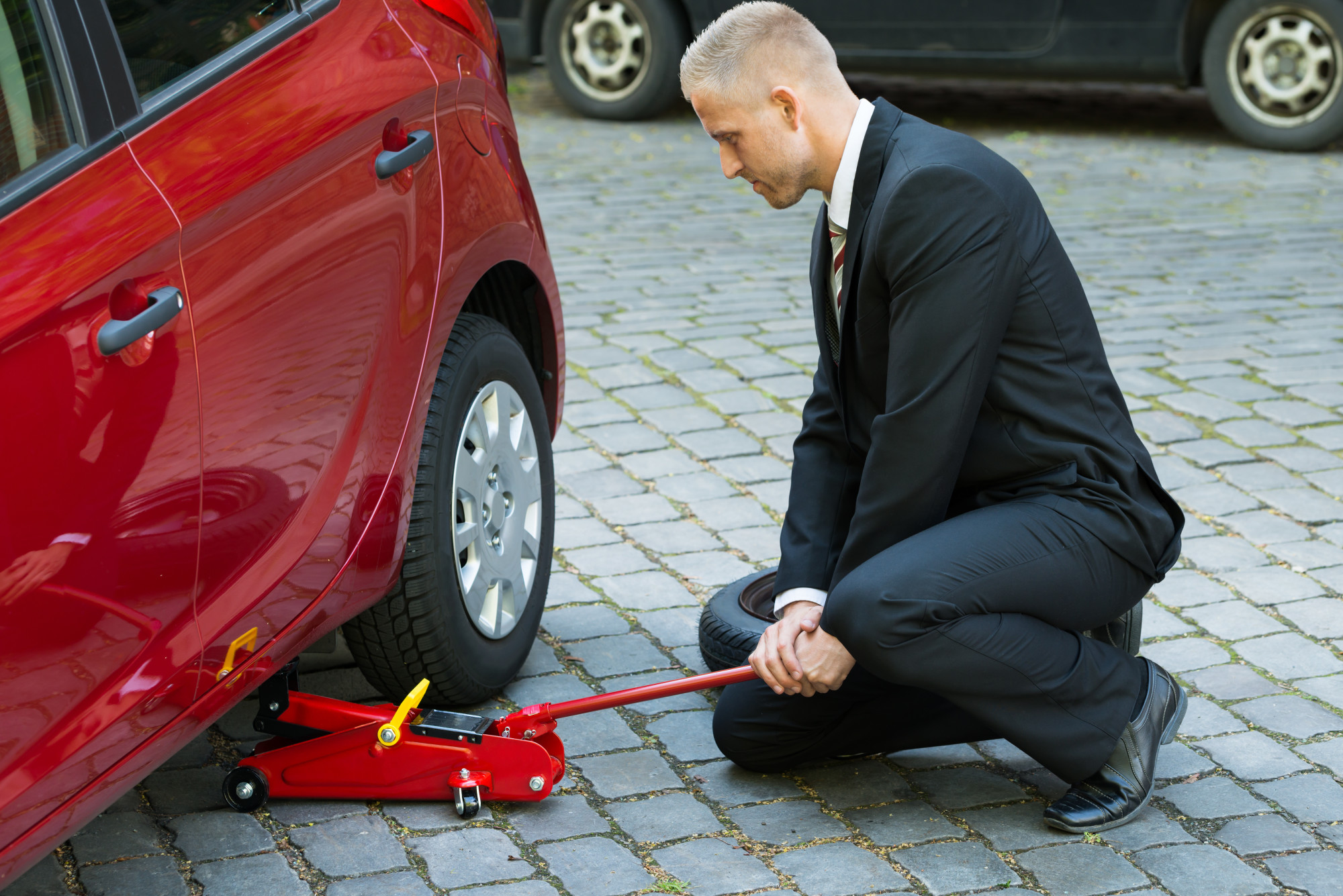Off-roading can make your truck extremely dirty. You might see mud, dirt, and small rocks stuck in different places. Cleaning the truck immediately after the trip is extremely important if you want to avoid rust and any permanent damage to your vehicle.
Most people act lazy and end up working harder than required to truck clean. Sometimes you may have to take it to professionals for stubborn stains.
Contents
Checkout Four Simple Ideas Help You To Truck Clean After Off-Roading Trip:

If you want to avoid extra expenses, here are some effective tips to truck clean after an off-roading tour.
1. Pressure Wash As Quickly As Possible
When you get back to the road after an adventurous trip in the rough terrain, make sure you take your truck for a pressure wash. You can do it yourself at home or take your truck to the cleaning station where professionals will thoroughly truck clean.
Pressure washing will remove the dirt, mud, and debris from every nook and corner. A regular wash might not be as effective as a pressure wash. If you keep your truck covered with mud and dirt for too long, its body may be damaged and you might end up increasing your expenses.
2. Inspect The Vehicle Thoroughly
After the pressure wash, you will be able to see a neat and truck clean. Now you can inspect your truck thoroughly.
Make sure you check the underbelly, the exterior body of the truck, engine, and radiator, and other sensitive parts that might have a chance of damage in rough terrain.
This thorough inspection can help you fix the problems before they become bigger issues. You might have doubted some trouble during the trip, now would be a good time to get it checked and fixed before it gets worse.
3. Use Surface Protectant
Pressure washing your vehicle is not enough. You need to polish the entire body of the truck with a surface protectant. You can explore the market and look for the perfect sealant for your truck before you take it on another adventure.
When choosing the surface protectant, check out its ingredients. A silicon dioxide formula would be great for window shields, paint, and wheels. It also lasts longer than simple wax. Apply the seal on cold and wet surfaces. Clean with a microfiber towel to avoid water marks.
4. Clean The Interior Completely
Cleaning the interior of your truck is just as important as the exterior. When you are on an off-road trip, the majority of your time is spent inside the truck. You might eat and sleep in the truck. Therefore, it might get dirty.
Oil, sweat, and food crumbs can make the interior dirty and smelly. You can vacuum clean the interior by yourself. Make sure that you are using car floor mats rubber instead of carpet.
Rubber mats are much easier to clean and they look as good as new after every wash. Moreover, they will not trap any smell as a carpet does.
Read Also:



















